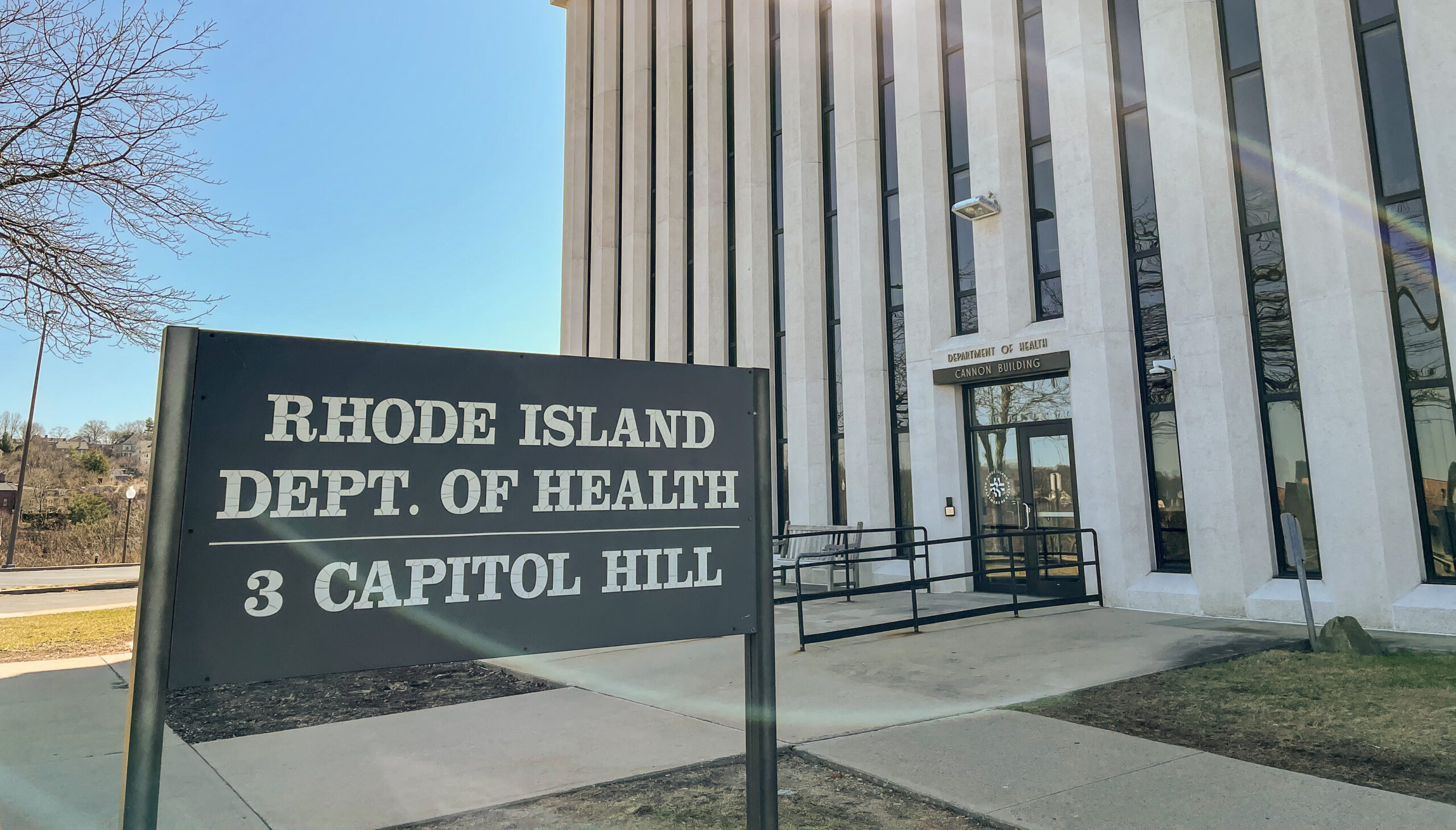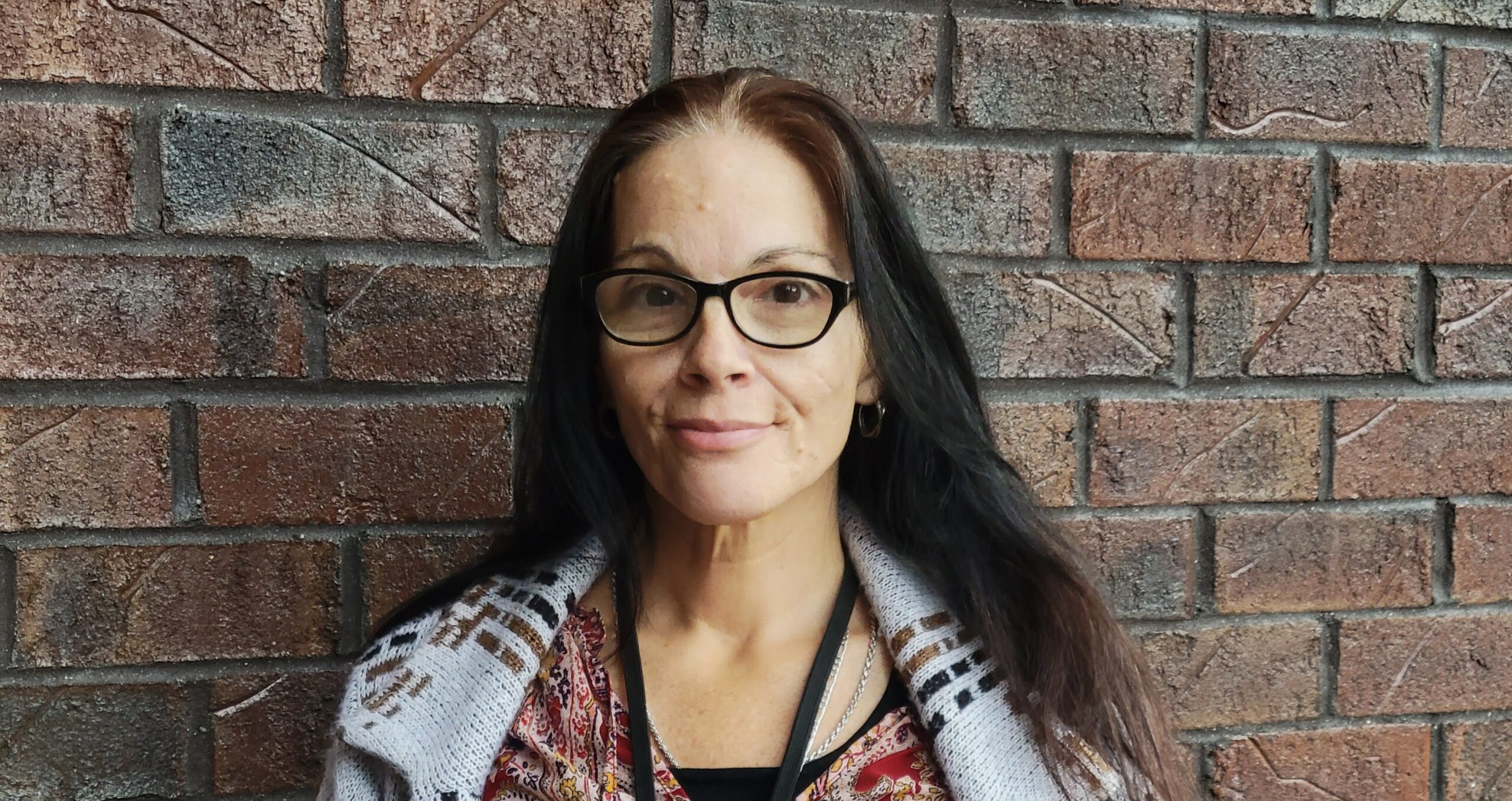Incremental steps help, but more is needed to fix ‘broken system’
The state of Rhode Island has seen a significant decrease in the amount of funding allocated toward child care since the 2008 recession, according to Rhode Island KIDS COUNT’s 2023 factbook.
The Rhode Island Child Care Assistance Program (CCAP) is a government funded program that provides financial assistance to families who qualify in order to help them afford childcare. Eligibility for the program depends on a family’s annual income, the number of children and the ages of children in the household among other things, according to the CCAP website.
According to Leanne Barrett, a senior policy analyst at Rhode Island KIDS COUNT, an advocacy organization for increased child care funding in the state, the eligibility requirements have changed over the past 10 years, making significantly fewer families eligible for the program.
As of 2023, Rhode Island had the lowest eligibility level for family income in all of New England, Barrett said. Prior to 2008, there were around 14,000 children in the CCAP, and currently, there are around 6,000.
According to Barrett, families are supposed to only be spending around 7% of their yearly income on child care.
“If you had one baby, and you’re trying to put that baby in an average typical center, the cost of that child care is around $13,000 a year. So if you do the math, a family would need to earn around $200,000 to afford the full cost of child care for that center,” Barrett said. “There are very few families who earn that.”
These eligibility requirements also “trap” parents in a struggling financial situation, because as soon as they make beyond the maximum amount of yearly income that is required to be eligible for the CCAP, you receive no support from the state, which parents may still need in order to send their kids to daycare, Barrett said.
“One time we had someone testify and she was a bartender. She had three jobs, and the state told her she made too much money and no longer qualified for the CCAP,” Barrett said.
“So then she had to quit one of her jobs because as soon as she was in a spot where she was economically comfortable, she got no support for her children.”

But the issue of affordable child care in Rhode Island stretches beyond the parents and families who find it difficult to afford, Barrett said. The child care facilities and centers have been facing numerous issues, especially heightened since the COVID-19 pandemic, when it comes to staffing and an increased demand for their services.
Head Start, a federally funded child care program in the state, provides child care services for children from birth to age five, free of charge to parents who meet the eligibility criteria. Some of the eligibility criteria includes if families are experiencing homelessness or are receiving public assistance such as the Supplemental Nutrition Assistance Program (SNAP), according to the website.
Barrett said that 30% of Rhode Island’s Head Start classrooms were forced to close, sometimes temporarily and sometimes permanently, due to a lack of qualified staff. When centers are forced to close classrooms, it starts a waiting list for families looking to use their services for their children. Parents can be on waiting lists for up to a year, Barrett said, which creates instability and an added layer of stress in their lives.
“They’re [the parents] trying to figure out some way of being able to work while they’re on a waiting list. Maybe they can work part-time or get a family member to be able to take time off from work and care for children during different time periods,” Barrett said.

Beautiful Beginnings, a child care facility in Providence, has a waiting list of over 500 children, according to Khadija Lewis-Khan, executive director at the center. That is only one issue that the center has been facing, however.
Beautiful Beginnings has been open for 23 years, according to Lewis-Khan, which has allowed them to have many loyal staff members who are committed to continuing their work at their center. These “core” staff members are people who are educated with degrees and are able to find a lot of better-paying jobs, which has proven to be an issue for not just Lewis-Khan, but for many other child care facilities in the state, Barrett said.

The average early childhood educator makes anywhere from $21,000 to $42,000 per year, according to ziprecruiter.com. This is equivalent to $14 per hour, which is only one dollar above Rhode Island minimum wage. Many early childhood educators wind up leaving their jobs at their facilities for jobs that offer a higher pay, which sometimes, according to Barrett, could even be working at fast-food chains like McDonald’s.
“We really want to be able to attract and retain folks who make this a career and have a living wage as early educators that have similar wages to K-12 educators,” Barrett said. “Ultimately, it will take us a while to get there, but that is the goal.”
In May, the state took one step closer towards that goal.
According to Lewis-Khan, Rhode Island just implemented a supplemental grant program for early childhood educators, which provides anywhere from $450 to $6,250 in compensation per year to qualified educators who work with children ages birth to five, work at least ten hours per week, and earn at or below $17, $19 or $23 per hour, according to the website. The amount of supplemental income that you receive is based on a number of factors, such as level of education, number of years working in the profession and more.
While this is a step in the right direction, this supplemental income is not enough in the long-run to keep early educators in the profession, Lewis-Khan said.
With fewer teachers in classrooms and 500 plus children on waiting lists, the quality of child care in the state is being reduced, as centers are forced to have less teachers in classrooms with more children, Barrett said.
Additionally, having different teachers going “in and out” of classrooms creates a level of instability for the children and the parents, Barrett said.
Once educated teachers with degrees decide to leave, what do the centers do? Oftentimes, centers are forced to hire under qualified candidates, like high schoolers or college students who are in the process of finishing their degrees to properly reach the student-to-faculty ratio in each room, Barrett said.
Trying to re-open classrooms post-pandemic was the most difficult time to find new staff for Beautiful Beginnings, according to Lewis-Khan. During that time, they were forced to keep their infant room closed for an additional three months because they couldn’t find any staff.
“We had a long waiting list for that room, but it took us about three months to find the staff for that particular classroom to open it. It ended up being that a group of our toddler teachers moved over to the infant room, and it was easier to hire new toddler teachers than it was to hire infant teachers,” Lewis-Khan said.
Lewis-Khan said that it’s easier to attract people new to the field than it is to attract teachers with degrees and multiple years of experience, which can reduce the quality of care that children are receiving.
To try and fix this issue, Lewis-Khan started an internship program with the MET High School in Providence, which allows students interested in education to work in a classroom alongside an experienced teacher and “get them on track to becoming a part of [their] team.” This approach allows them to meet their ratios, as well as provides experience to aspiring educators.
How does the state fix this “broken system” of affordable child care? Barrett said that it’s a market failure.
“It’s not a system that should be run entirely in the private market without public support, because it just doesn’t work. You don’t run a public school system that way. It’s not like, ‘oh, well if you can’t afford to send your kid to school then your kid gets no school,’ ” Barrett said. “Time ago, we decided that public education was more important.”
“Research shows that most brain development, especially in areas like language development, logic skills, social and emotional foundations of feeling safe and secure are formed during the first three years of life,” Barrett said. “So our inability to prioritize funding for this is just very frustrating.”





